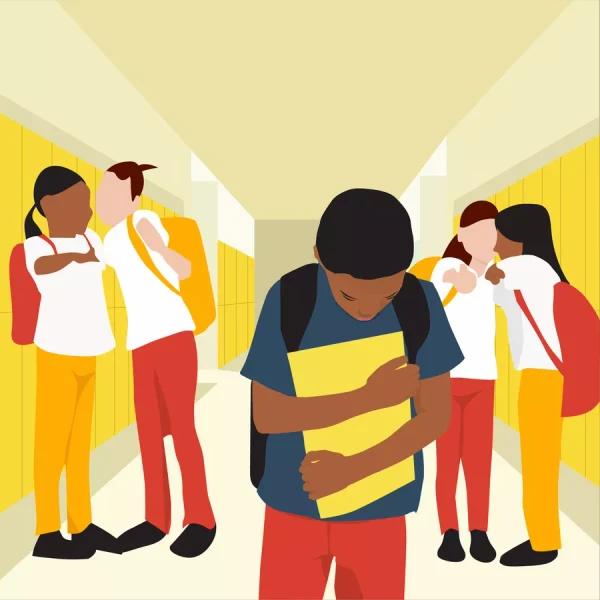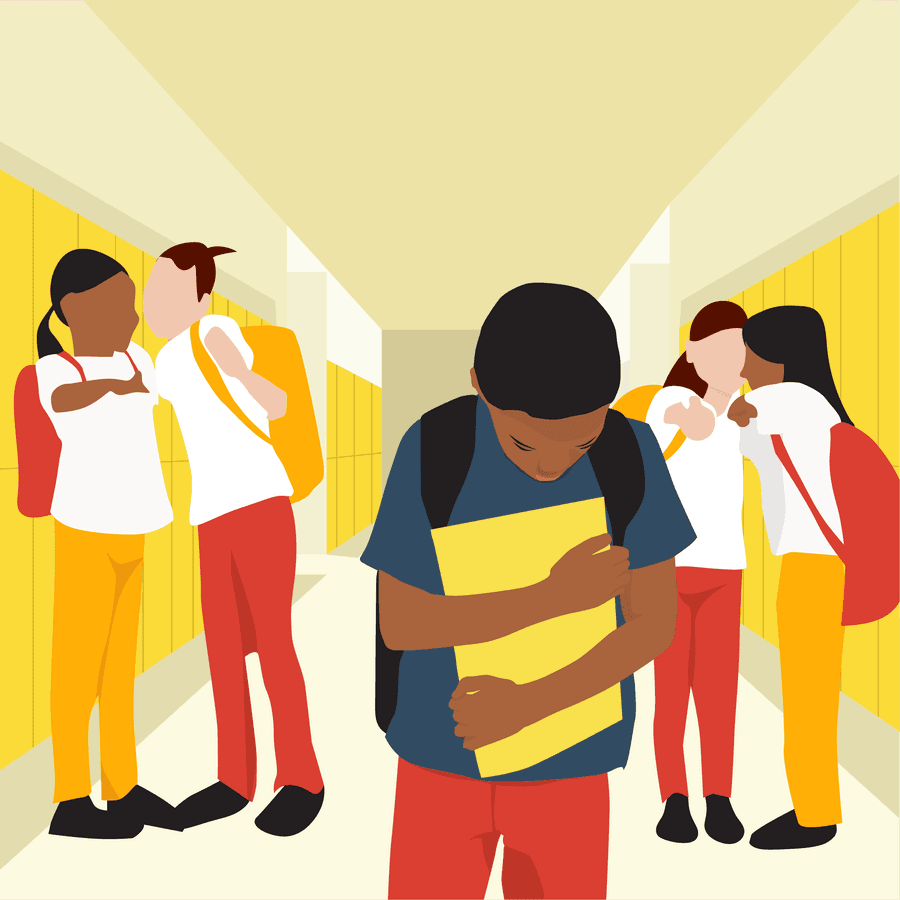A Parent's Guide for How to Deal With Bullies
Curated from: parents.com
Ideas, facts & insights covering these topics:
12 ideas
·3.96K reads
18
1
Explore the World's Best Ideas
Join today and uncover 100+ curated journeys from 50+ topics. Unlock access to our mobile app with extensive features.
Bullying can exist in many forms
It can be physical (pushing, punching, or hitting), verbal (name-calling or threats), or psychological and emotional (spreading rumors or excluding someone from a conversation or activity).
And with the pervasive use of social media, inappropriate behavior between kids can occur outside of school hours via emails, text messages, and Instagram posts (cyberbullying).
26
553 reads
How to recognize bullying
- Typical bullying symptoms include physical complaints such as tummy aches, as well as worries and fears, and a child not wanting to go to school.
- Anormal defense is to avoid or withdraw from things that are making them stressed.
- Of course, these symptoms are not exclusive to bullying, but they still warrant a deeper probe into what may be behind them
- It can be helpful to ask questions and get your kids talking about their social situation.
- As kids get older, they have a significant awareness of peer relationships, so you can be more direct with your questions.
28
405 reads
Have a plan in place
If your child is being bullied, it's important that you help them understand that it is never their fault. Bullying is always more about the person who is engaging in the behavior and not the person being targeted.
It's not up to a child to prevent their own bullying, but it can be helpful to have a plan in place for how to address it and potentially help stop it from escalating.
26
368 reads
Create a list of responses
Practice phrases your child can use to tell someone to stop bullying behavior.
- These should be simple and direct but not antagonistic: "Leave me alone." "Back off." "That wasn't nice."
- Your child could also try, "Yeah, whatever," and then walk away.
The key is that a comeback shouldn't be a put-down because that aggravates a bully.
26
372 reads
Role-play "what if" scenarios
Role-playing is a terrific way to build confidence and empower your child to deal with challenges.
You can role-play the bully while your child practices different responses until they feel confident handling troublesome situations. As you role-play, teach your child to speak in a strong, firm voice.
27
340 reads
Promote positive body language
By age 3, your child is ready to learn tricks that may help them feel more empowered in difficult situations, including when being faced with bullying behavior.
Tell your child to practice looking at the color of their friends' eyes and to do the same thing when they are talking to a child who's bothering them. This will force them to hold their head up so they will appear more confident.
Confidence can help your child feel more empowered in a challenging situation.
27
318 reads
Keep an open line of communication
Check in with your kids daily about how things are going at school. Use a calm, friendly tone and create a nurturing climate so they aren't afraid to tell you if something's wrong. Emphasize that their safety and well-being are important and that they should always talk to an adult about any problems, even problems that they think are "small" ones.
25
281 reads
Build your child's confidence
The better your child feels about themselves, the less likely the bullying will affect their self-esteem.
- Encourage hobbies, extracurricular activities, and social situations that bring out the best in your child.
- Tell your child the unique qualities you love about them and reinforce positive behaviors that you'd like to see more.
28
294 reads
Praise progress
- When your child tells you how they defused a harasser, let them know that you're proud of them.
- If you witness another child standing up to a bully in the park, point it out to your child so they can copy that approach.
- Above all, emphasize the idea that if your child shows that they can't be bothered, a bully will usually move on.
26
276 reads
The your kids right way to react
- Remember your self-worth. When someone says something bad about you, say something positive to yourself.
- Project confidence. Tell the bully how you feel, why you feel the way you do, and what you want the bully to do. Learn to do this with a calm and determined voice.
- Disarm the bully with humor. Laugh at their threats and walk away.
- Stay safe and tell an adult.
- Try to treat others with kindness. Stand up for other students who are bullied, and ask them to stand up for you.
Children must understand that bullies have a need for power and control over others and a desire to hurt people.
30
260 reads
Take action to stop bullying
- Report repeated severe bullying. Learn about the school's policy on bullying, document instances of bullying, and keep records.
- Encourage your child to be an upstander (not a passive bystander).
- Communicate with your child's school and report bullying incidences.
- Contact the offender's parents. Getting parents involved is the right approach only for persistent acts of intimidation.
25
254 reads
Teach coping skills
- If your child is being bullied, remind them that it's not their fault, they are not alone, and you are there to help.
- It's important for kids to be able to identify their feelings and know that you want to hear about them so they can communicate what's going on.
- What parents shouldn't do—no matter the child's age—assumes that this is normal peer stuff that will work itself out. It should never be accepted that a child is being picked on or teased.
24
244 reads
IDEAS CURATED BY
CURATOR'S NOTE
The first step to dealing with bullies is knowing how to recognize when your child is being bullied.
“
Samuel Acosta's ideas are part of this journey:
Learn more about parenting with this collection
How to communicate effectively with teachers
How to create a supportive learning environment at home
How to manage your child's school schedule and activities
Related collections
Similar ideas
11 ideas
How to bully-proof your kids for life
theguardian.com
6 ideas
How to Avoid Bullies
wikihow.com
4 ideas
Back-to-School anxiety: Ways to help your child cope
childrens.com
Read & Learn
20x Faster
without
deepstash
with
deepstash
with
deepstash
Personalized microlearning
—
100+ Learning Journeys
—
Access to 200,000+ ideas
—
Access to the mobile app
—
Unlimited idea saving
—
—
Unlimited history
—
—
Unlimited listening to ideas
—
—
Downloading & offline access
—
—
Supercharge your mind with one idea per day
Enter your email and spend 1 minute every day to learn something new.
I agree to receive email updates

